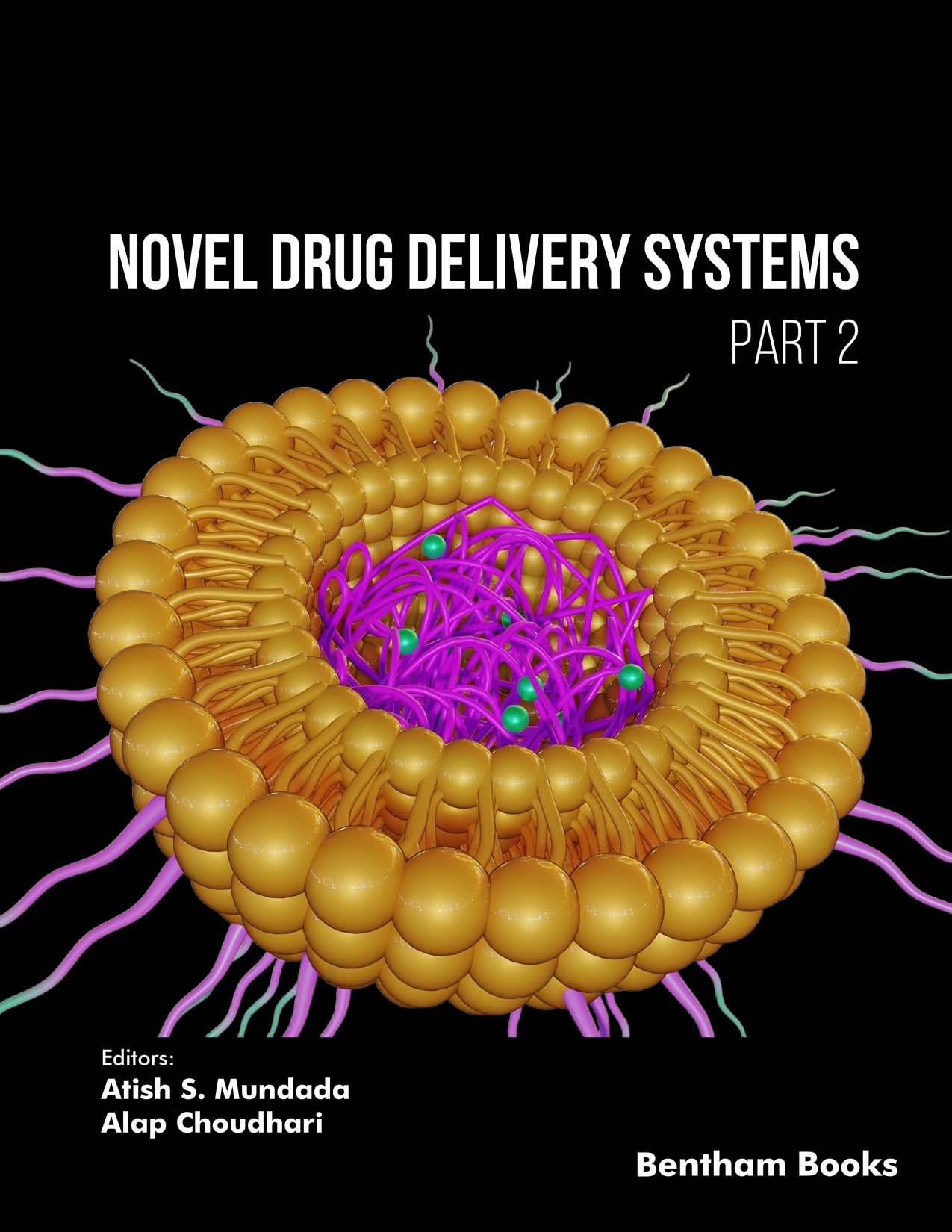Transdermal Route of Drug Delivery

- Authors: Lokesh P. Kothari1, Atish S. Mundada2, Swaroop R. Lahoti3
-
View Affiliations Hide Affiliations1 Department of Pharmaceutics, SNJBs SSDJ College of Pharmacy Chandwad, Nashik, Maharashtra, India 2 Department of Pharmaceutics, SNJBs SSDJ College of Pharmacy Chandwad, Nashik, Maharashtra, India 3 Y. B. Chavan College of Pharmacy, Aurangabad, Maharashtra, India
- Source: Novel Drug Delivery Systems (Part 2) , pp 34-81
- Publication Date: December 2024
- Language: English
Transdermal Route of Drug Delivery, Page 1 of 1
< Previous page | Next page > /docserver/preview/fulltext/9789815313567/chapter-2-1.gif
Significant breakthroughs in transdermal delivery of drugs have occurred in recent years owing to new technology and strategies used for transporting drug across the skin. Transdermal drug delivery systems (TDDS) provide many benefits, such as the avoidance of hepatic clearance, ease of application, better patient acceptance, and regulated release of medication; yet, patients and physicians still face numerous challenges. Due to the skin's excellent barrier function and lipophilic nature, one of the main obstacles for TDDS is the restricted amount of drug placement, specifically for drugs with molecular weights > 500 Da. Many pharmacological molecules, including high molecular weight pharmaceuticals, have been the subject of much research, especially in relation to biotechnologically manufactured medications delivered using TDDS. This chapter covers the principles of transdermal drug delivery systems, including their types, components, evaluation, lab and large-scale manufacture. This chapter also emphasizes on new technologies that have improved skin permeability and the regulatory considerations for transdermal formulation.
-
From This Site
/content/books/9789815313567.chapter-2dcterms_subject,pub_keyword-contentType:Journal -contentType:Figure -contentType:Table -contentType:SupplementaryData105

